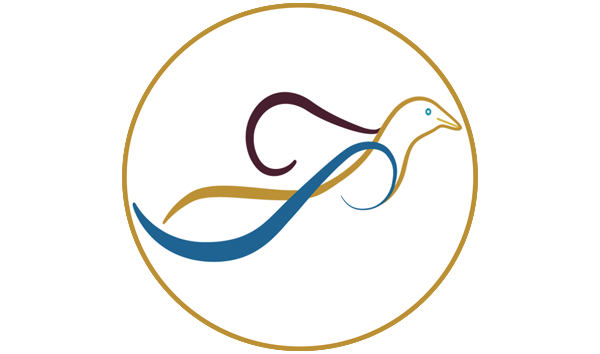
Platelet Rich Plasma (PRP) uses platelets which are injected into the damaged and produce growth factors to stimulate healing. Blood is drawn and spun in a centrifuge to concentrate the platelets. The area to be treated is first anesthetized, then the PRP is injected. The platelets relase pro-inflammatory cytokines and growth factors which trigger inflammation and stimulate the immune system to attend to the area. This causes swelling pain discomfort, usually for about 1 week. Anti-inflammatories are avoided during the first 2 weeks because they will stop this process. Typically 1 to 3 treatments, 4 weeks apart, are needed for optimal recovery.
Prolotherapy uses dextrose (sugar) to stimulate healing. Dextrose chemically irritates the tissues to recruit an immune response. Prolotherapy also helps tightening lose ligaments after a sprain to optimize the biomechanics of a joint. A series of 2 to 5 injections, two weeks apart, may be needed for optimal healing.
Bone Marrow Aspirate injection (BMAC) is the minimally invasive injection of cell enriched marrow autograft, aspirated from the posterior iliac crest & injected into the regions of damaged tissue under direct image guidance. Formally known as stem cell injection, BMAC is widely considered the most potent treatment option in regenerative medicine, often only needing a single treatment. The treatment is considered an orthobiologic, utilizes an FDA cleared device & follows the FDA orthobiologic guidance to provide standard of care in regenerative medicine.
